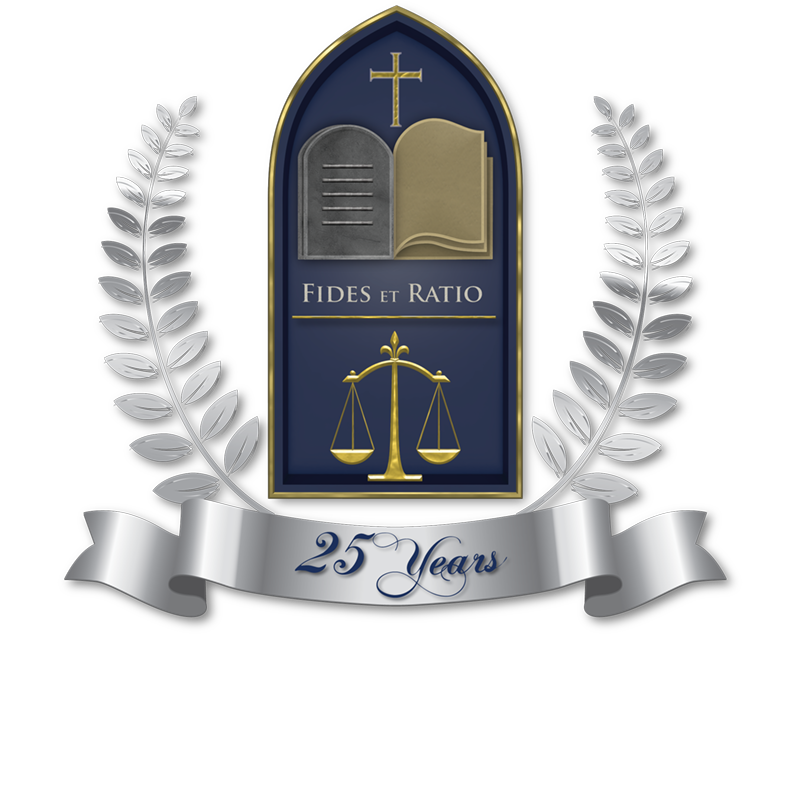Navigating the Corporate Transparency Act:
A Comprehensive Guide to Compliance and Reporting Requirements

By Chris Tyler,
Smith Business Law Fellow
J.D. Candidate, Class of 2025
The Corporate Transparency Act (“CTA”) was enacted to address illegal activities enabled by corporate anonymity, such as money laundering, tax evasion, and terrorist financing. It was passed in 2020 within the framework of the 2021 National Defense Authorization Act. The CTA requires that companies disclose their beneficial owners and other information via a form in its Financial Crimes Enforcement Network (“FinCEN”) portal. Whether or not a business must disclose at all, or whether it may omit a certain owner is complicated. As such, this writing will serve as a guide on which owners and businesses must report.
STEP 1: Is the Entity a Reporting Company?
First, one must determine whether the company is a reporting company per the CFR (Code of Federal Regulations). If it is a reporting company, then Step 2 applies. If it is not, then no report is necessary.
Companies that fall into this category include “either a domestic reporting company or a foreign reporting company.” 31 CFR 1010.380 (c)(1) A domestic reporting company is any entity that is: (A) a corporation; (B) a limited liability company; or (C) created by filing of a document with the secretary of state or any similar office under the law of a State or Indian tribe. 31 CFR 1010.380 (c)(1)(i)(A-C) A foreign reporting company is “any entity that is: (A) a corporation, limited liability company, or other entity; (B) formed under the law of a foreign country; and (C) registered to do business in any State … by the filing of a document with the secretary of state or any similar office under the law.” 31 CFR 1010.380(c)(1)(ii)(A-C)
Step 2: Is the Reporting Company Exempt?
Second, if the entity is a reporting company, one must ask whether it is exempted by the CFR. There are 22 exemptions under the CFR listed below.
- Securities reporting issuer • Governmental Authority
- Bank • State-Licensed Insurance Producer
- Credit Union • Depository Institution Holding Bank
- Money Services Business • Broker or dealer in securities
- Securities Exchange or Clearing Agency • Investment Company
- Other Exchange Act Registered entity • Venture Capital Fund Advisor
- Insurance Company • Public Utility
- Commodity Exchange Act Registered Entity • Accounting Firm
- Financial Market Utility • Tax-Exempt Entity
- Pooled Investment Vehicle • Large Operating Company
- Entity Assisting a Tax-Exempt Entity • Subsidiary of certain exempt entities
- Inactive Entity
31 CFR 1010.380 (c)(2)(i-xxiii)
These exemptions have specific requirements. Certain exemptions that are likely to be at issue are discussed below.
First, 31 CFR 1010.380 (c)(2)(xxi) exempts large operating companies. It defines a large operating company as one that “(A) employs more than 20 full time employees, (B) has an operating presence at a physical office in the US, and (C) filed a federal income tax in the US for the previous year demonstrating more than $5 million in gross receipts or sales on the entities IRS Form 1120, consolidated 1120, 1120-S, 1065 or other form, excluding gross earnings outside the US.”
Second, 31 CFR 1010.380 (c)(2)(xxii) exempts Subsidiaries of certain entities. It defines these as any entity whose ownership interests are controlled or wholly owned, directly or indirectly, by one or more entities described in “paragraphs [(exemptions)] (i), (ii), (iii), (iv), (v), (vii), (ix), (x), (xi), (xii), (xvii), (xix), or (xxi) of this section.” Note that this only applies to wholly owned companies, not partially owned companies. Partially owned companies may qualify for an option to omit an owner’s name, a point to be discussed further under the beneficial ownership exception.
Third, 31 CFR 1010.380 (c)(2)(xxiii) exempts inactive entities. These are defined as entities that were in existence on or before 1/1/2020, have not engaged in active business, are not owned by a foreign person, have not experienced any change in ownership in the last 12 months, have not sent or received funds greater than $1,000 either directly or indirectly for the last 12 months and do not otherwise hold any kind of assets including ownership interests in any corporation, LLC or other entity.
Such exempt companies do not need to file a report, so the analysis would stop here.
STEP 3: Who are the Beneficial Owners of the Reporting Company?
Since the purpose of the CTA is to tie companies to people, one must next determine which people (i.e. Beneficial Owners), must be reported. A “Beneficial Owner” is any individual who, directly or indirectly, either exercises substantial control over the reporting company or owns or controls at least 25% of its ownership interests.
A person with Substantial Control is one who either (1) serves as a senior officer of the reporting company, or (2) has authority over the appointment or removal of any senior officer or a majority of the board of directors. Substantial control is also defined as either direct or indirect control over the reporting company’s important decisions. 31 CFR 1010.380 (d)(1)
Ownership Interests are defined as any “equity, stock, or similar instrument, any capital or profit interest in a company, any instrument convertible, any put, call, straddle or privilege of buying any of the above, and any other instrument.” One with ownership interests in a trust would (1) a trustee of the trust or other individual with the authority to dispose of trust assets; (2) a beneficiary who either (i) is the sole permissible recipient of income and principal from the trust or (ii) has the right to demand distribution of or withdraw substantially all of the assets from the trust; or (3) a grantor and settlor who has the right to revoke the trust or otherwise withdraw the assets of the trust. 31 CFR 1010.380 (d)(2)
STEP 4: Do Any Exceptions for Beneficial Owner Reporting Apply?
Generally, all beneficial owners must report. However, there are five exceptions where an owner may not need to be reported: (1) minor children, (2) an individual acting as an agent on behalf of another, (3) an employee acting in only his employment capacity, (4) someone with a future interest through inheritance, and (5) creditors of reporting companies. 31 CFR 1010.380(d)(3)(i-v). If any of these apply, that individual may not need to be reported.
STEP 5: What Information Must the Reporting Company Report?
Each reporting company must report two sets of information: the reporting company information, and each beneficial owner’s information. The reporting company’s information includes: “(1) the full legal name of the company, (2) any trade name or DBA (doing business as), (3) the current address of the principal place of business, (4) the jurisdiction where the company is registered, and (5) their EIN (Employer Identification Number).” 31 CFR 1010.380 (b)(1)(i) The beneficial owner information includes “(1) their legal name, (2) their date of birth, (3) a current residential street address, (4) an image of a government-issued ID and (5) the ID number from the same ID used in (4).” 31 CFR 1010.380 (b)(1)(ii)
OTHER POINTS TO CONSIDER:
Enforceability: The court in Nat’l Small Bus. United v. Yellen, No. 5:22-cv-1448-LCB, 2024 U.S. Dist. LEXIS 36205 (N.D. Ala. Mar. 1, 2024) ruled that the Corporate Transparency Act (CTA) is unconstitutional. The decision was based on the finding that the CTA exceeds the Constitution’s limits on Congress’s power, noting that it cannot be justified as an exercise of Congress’s Constitutional powers. The court granted summary judgment in favor of the plaintiffs and permanently enjoined the defendants, including any U.S. agency or employee, from enforcing the CTA against the plaintiffs. The Court held that the CTA does not regulate commercial activity on its face and therefore it applies without a nexus to interstate commerce. Therefore, the court determined that the Act could not be considered a valid exercise of congressional authority under the Commerce Clause or the Necessary and Proper Clause of the Constitution.
While the court’s ruling enjoins enforcement of the CTA against the plaintiffs in that case, it does not extend to non-plaintiffs. FinCEN has filed an appeal to the United States Court of Appeals for the Eleventh Circuit, and the CTA remains in effect for non-plaintiffs while the case proceeds.
Moving Forward: These rules do not just come into play at the time of reporting. Corporations subject to the CTA have a continuous duty to report any time their previously reported information changes. Generally, this would come up with changes to the BOD or other individuals with substantial control of the corporation. The CTA requires that any corrections to a report must be made within 30 calendar days after the reporting company becomes aware or has reason to know of the inaccuracy. This 30-day period applies to both updates and corrections to previously filed reports.
In conclusion, the CTA can be quite cumbersome and tedious to comply with. Most companies are not composed of just one “company,” as they are structured as either holding companies, subsidiary companies, or ownership trusts. This new federal regulation essentially puts the burden on corporate general counsel to follow this process for each of the companies in their company structure. While the fate of the CTA is unknown, it appears that for now, companies must, at a minimum, determine whether they must take action before the January 1st, 2025, deadline. With that deadline in mind, companies must prioritize compliance efforts, and hopefully, the guide above will provide some valuable support in navigating these new transparency requirements.




